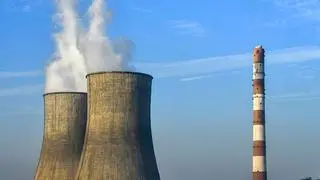The market conditions seem to be challenging for the natural rubber (NR) industry, as demand is caught up in the prevailing disarray in global trade and investments, geopolitics and slowing economy.
As China accounts for a staggering 40 per cent of the global consumption of rubber, its trade war with the US and slowing economic activities have greater implications for the NR economy, said a report prepared by the Association of Natural Rubber Producing Countries (ANRPC).
India, the second largest NR consuming country, has scaled down the consumption outlook to 1.136 million tonnes from 1.250 mt anticipated until a month ago. The downward revision goes in line with the poor performance of the country’s automobile sector and the slowing economy.
The revised outlook is down 6.9 per cent from last year. The consumption in India had seen 4.7 per cent growth in 2017 and 12.7 per cent growth in 2018.
What’s hitting output
Based on the revised outlook, the world consumption is anticipated at 13.699 mt, down 1.1 per cent from 2018.
The report cited several factors affecting global production, which include unattractive prices that have dissuaded farmers from proper maintenance of rubber holdings or harvesting of trees. Poor demand from China and other major consuming regions also compelled the primary processors to reduce the purchase of cup-lump and field latex from the farmers.
Fungal disease
The outbreak of a new leaf fungal disease (Pestalotiopsis leaf fall) in North Sumatra and its alarming spread into a staggering 400,000 ha of rubber area in Indonesia have affected the yield from the trees. According to the estimates made by the Rubber Research Institutes in the respective countries, the disease has affected 387,000 ha of rubber trees in Indonesia, 16,000 ha in Thailand, 2,700 ha in Malaysia and 1,000 ha in Sri Lanka. Unfavourable weather conditions such as heat waves, unusually higher temperature, excess rains and typhoons were experienced across the major producing countries during the year.
In Thailand, the largest producing country that accounts for around 35 per cent of the global production, the output is anticipated to fall 1 per cent to 4.923 mt. The production is anticipated to increase 2 per cent to 1.160 mt in Vietnam, 2.2 per cent to 836,000 tonnes in China and 6.4 per cent to 702,000 tonnes in India. India’s output as anticipated until a month ago was 750,000 tonnes, the ANRPC report said.







Comments
Comments have to be in English, and in full sentences. They cannot be abusive or personal. Please abide by our community guidelines for posting your comments.
We have migrated to a new commenting platform. If you are already a registered user of TheHindu Businessline and logged in, you may continue to engage with our articles. If you do not have an account please register and login to post comments. Users can access their older comments by logging into their accounts on Vuukle.